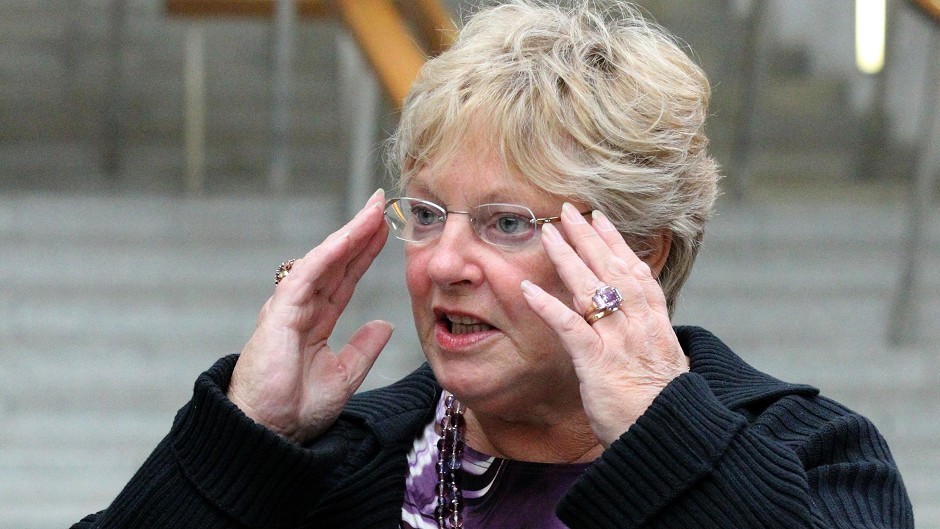Controversial proposals to legalise assisted suicide in Scotland contain “significant flaws”, according to Holyrood’s health committee.
Members noted the British Medical Association’s observation that there was no way to guarantee the “absence of coercion” in any new legislation to allow those with terminal or life-shortening illnesses to obtain help in ending their suffering.
The committee said yesterday that while the majority of its members did not support the general principles of the Assisted Suicide Bill, it would make no formal recommendation to parliament as it was a matter of conscience.
The proposals are being championed by Green MSP Patrick Harvie following the death of independent MSP Margo MacDonald last year who failed in her first attempt to legalise assisted dying in 2010.
More than 30 individuals and organisations gave oral evidence to the health committee and the written views of 800 plus people contributed to a report.
It stated: “The committee believes the Bill contains significant flaws.
“These present major challenges as to whether the Bill can be progressed.”
The report raised concerns that the proposals had the potential to undermine suicide prevention messages by “softening cultural perceptions of suicide at the perimeters”.
Bob Doris, deputy convener of the committee, said: “Our intention was to inform the debate and not influence the outcome as that is a matter of conscience for the parliament when they vote later this month.
“However, we agreed that the Bill will need significant amendment should it progress through the parliamentary scrutiny process.”
A full parliamentary debate with vote will be held before May 29 which will decide if the Bill progresses to the next stage of a three part process or falls.
Mr Harvie said he was disappointed that the committee had placed so little emphasis on responses to the criticisms of the Bill, many of which he claimed were “grounded in an ideological opposition to personal choice”.
“I am hopeful that MSPs will listen to all sides when the Bill reaches the voting stage, and that they will act to end the unnecessary suffering of those who are seeking help to take control at the end of their lives,” he added.
